Written by NDA Garden Design tutor Gill Lotter
When I set out to write a blog on sustainable outdoor furniture, I don’t think I was prepared for the frustrating and time-consuming journey on which I was embarking! Many retailers’ claims are loosely worded and difficult to substantiate, especially when applied to products manufactured from mixed materials, such as a contemporary plastic chair with timber legs. For supply to be truly sustainable and ethical, every link in the supply chain must be investigated and this comes at a cost.
The garden leisure market is set to grow by up to 4% per year over the next two years, with online shopping likely to account for over 18% of the market by 2020. In our drive to create outdoor rooms, we are furnishing our gardens with plastic and poly-rattan products that are set to last, made from materials that will defy the laws of nature in their refusal to deteriorate. This is the price we pay for convenience. Ironically, trends change rapidly so what will happen to our non-decomposing outdoor furniture when it has left the last charity shop… more plastic microbeads for the oceans perhaps? Moreover, is sustainable outdoor furniture a paradox or are there some stylish and practical products available to the discerning eco-warrior?
I began by turning my attention to the materials from which it is made.
Timber
My first thoughts turn to timber, traditionally a popular and widely available source of garden furniture. Although it requires maintenance, it has much to offer.
Sustainable softwood is readily available. In Sweden, for example, more timber is being planted than harvested. In the UK, this also means it has little distance to travel. One disadvantage however, is that it will undergo tanalisation/pressure treatment to extend its life. The chemicals used can leach copper, arsenate and chromium into the ground and potentially the water supply. In the UK, the sale of timber treated with creosote (found to have carcinogenic properties) has happily been banned since 2013 but it may well be available elsewhere. Be cautious therefore if buying reclaimed timber and insist on knowing its source.
How then do we ensure that we aren’t lining the pockets of illegal loggers? If we wish to acquire our timber from responsibly managed sources, we can look out for the familiar FSC® logo of the Forest Stewardship Council – a non-profit, international organisation that independently audits forest management and every stage of processing. Some sources are eroding the integrity and credibility of the FSC®, claiming the system to be inconsistent. Nevertheless, it provides a yardstick by which we can make decisions, albeit one that doesn’t account for the carbon footprint of transporting timber halfway across the globe.
Locally sourced timber is therefore desirable. Western Red Cedar, although technically a softwood, behaves rather like a hardwood in terms of its durability. While British Western Red cedar is less dense and therefore not as strong, it is still durable, lasting for a good 30 years much like its North American cousins. Although British Cedar is more knotty, its natural colour is paler and more consistent, therefore taking a wider variety of stains or oils. Environmentally friendly paints and oils are not difficult to find; if you are feeling adventurous, you could even mix your own from natural pigments!
Hardwoods are of course more durable and, while admittedly some endangered species should be avoided altogether, there is a plentiful supply of sustainable timber furniture bearing the FSC® symbol (see below).There are exceptions of course. As designers, you are sure to find Artisans creating original and stylish pieces from responsibly sourced material.

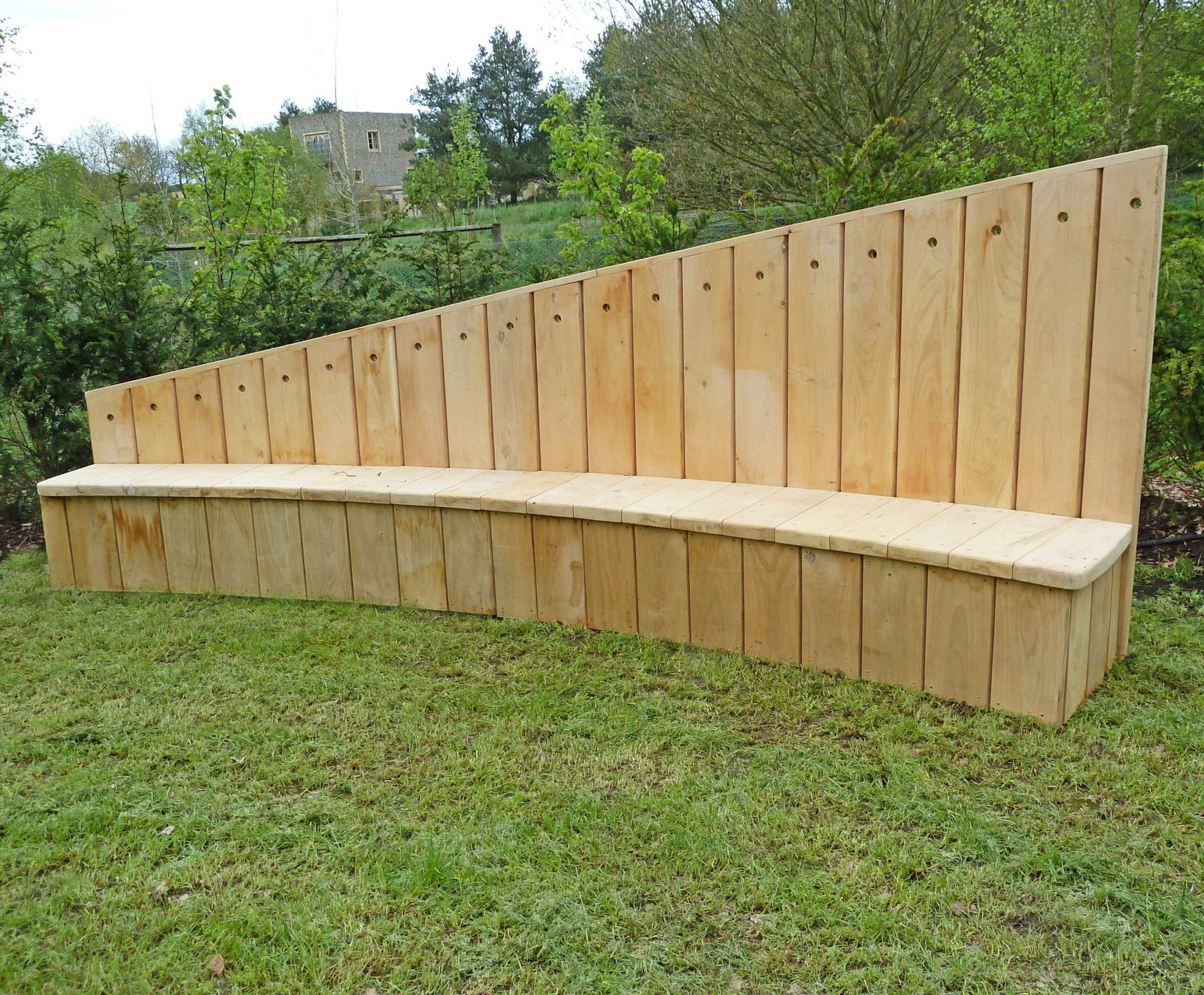
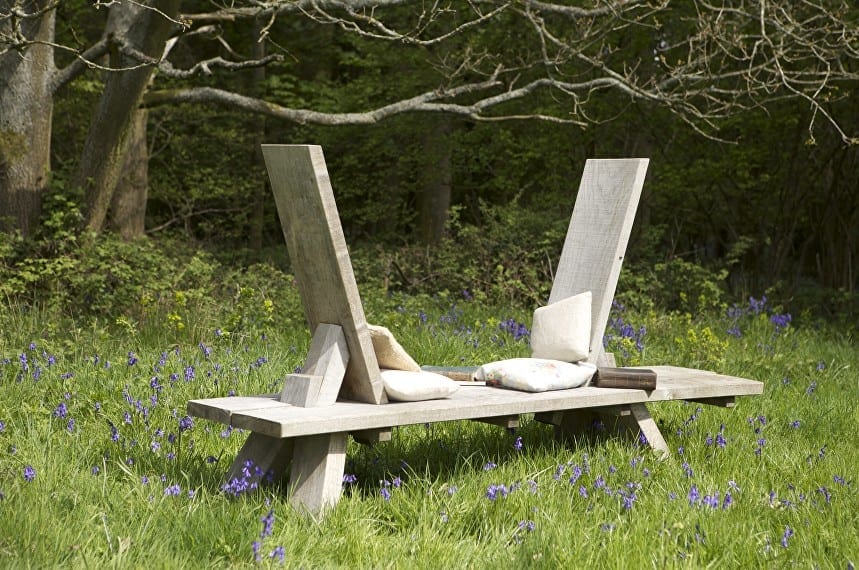
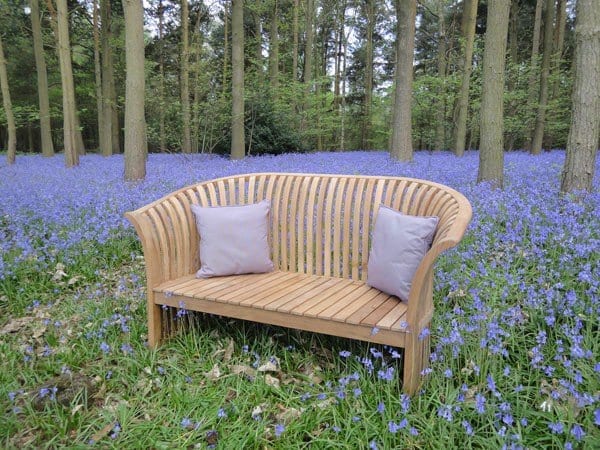
Bamboo
Bamboo is grown in Asia, sub-Saharan Africa, North Australia and the Americas. Light and strong, it needs comparatively less water to grow than conventional timber and is also very fast growing, being harvestable in 3-7 years compared with 10-20 years for most softwoods. However, mono-culture, by its very nature, is more likely to lead to an accumulation of pests. We should ask ourselves how intensively it is being harvested and what may have been cleared away to make room for it. FSC® doesn’t cover bamboo so check instead the International Network for Bamboo and Rattan website.
Stone
Stone, with its intrinsic beauty and durability, can be used in small way for furniture. Nevertheless, we should ask ourselves whether it is likely to have been cut by sandal-wearing children; what scars it has left on the landscape and whether we are happy with the carbon footprint created by its transportation.
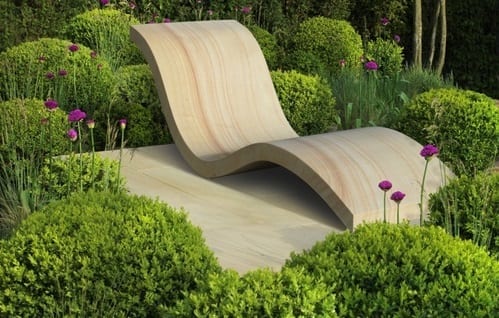
Recycled Plastic
Although style and availability of recycled plastic outdoor furniture is rather limited, there are options available and this is a market that I feel sure is set to grow. One disadvantage of recycled plastic is that it is generally of mixed types so cannot be recycled again. However, its durability must undoubtedly count in its favour: if a wise styling choice is made, it will stand the test of time.
Upcycling
While some upcycling is decidedly naf, there are designers out there taking it to a whole new level. Watch out for creative and individual pieces.
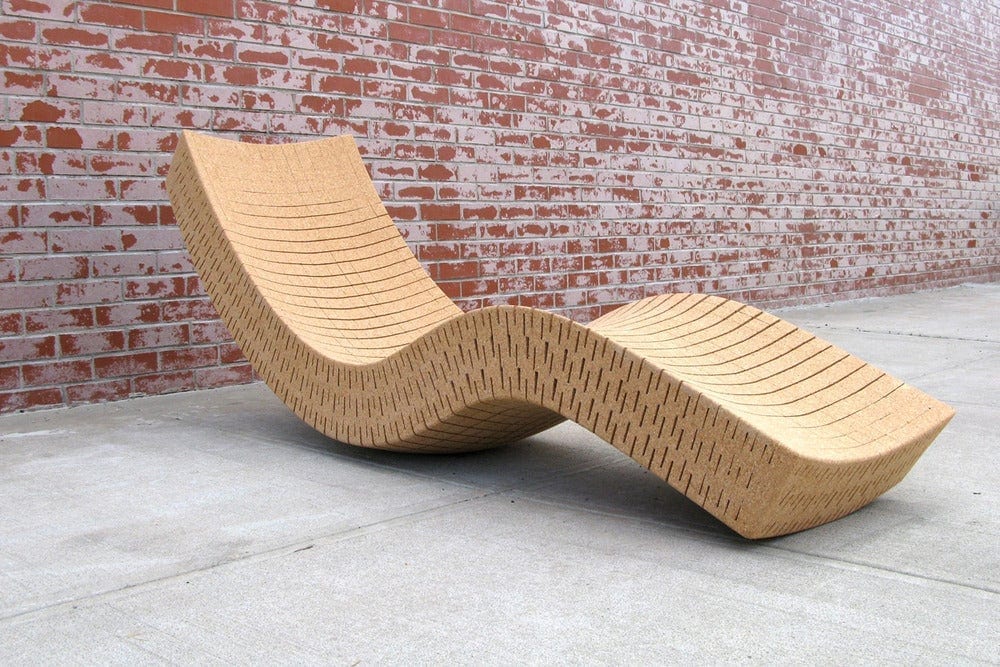
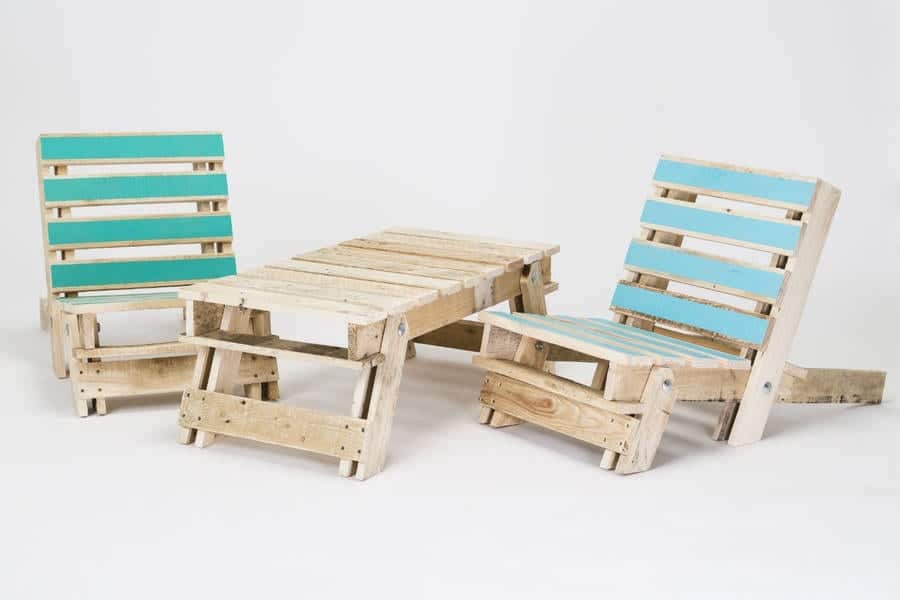
In conclusion, while there certainly are schemes such as FSC® that help us to make informed decisions, none of them has all the answers. For my part, I hope one day to see a form of labelling with a traffic light system to indicate the sustainability of the products we buy. In the meantime, we must ourselves take responsibility for asking difficult questions. How far has this product travelled? Were the means of growth, harvest and manufacture ethical and non-polluting? Since the validation of sustainability claims from suppliers is an expensive business for retailer, the cost is inevitably passed onto the buyer. In my experience, if it is sustainable, they will shout about it!
Useful Links
Forest Stewardship Council FSC®
International Network for Bamboo and Rattan
To find out about our BA (Hons) Design for Outdoor Living and our Diploma in Professional Garden Design, you can visit our website. Also, we have a new Garden Design course! Our Diploma in Professional Garden Design is hitting the studio. To find out more about our studio version of our popular Diploma, click here.


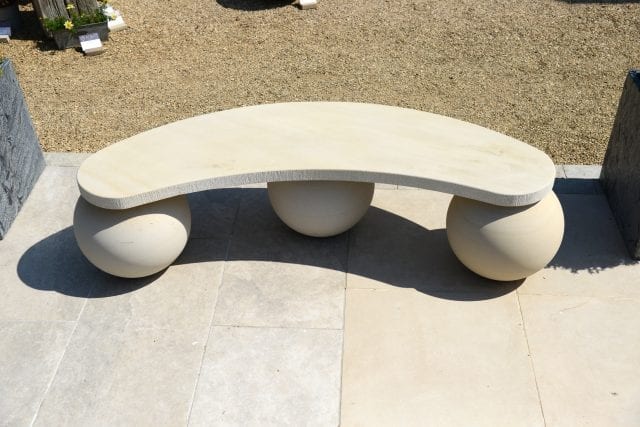
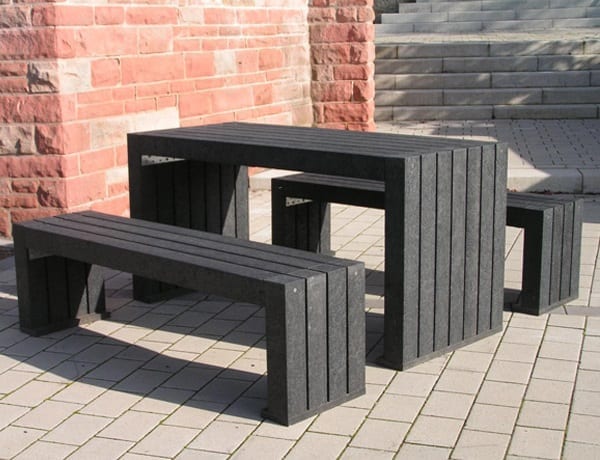


9 responses
This is excellent. i really enjoyed this. You can create stylish furniture from recycled materials!
A very interesting article and very timely as this issue should be at the forefront of all our mind’s with global warming and all the environment issues arising today
Thankyou
Great article indeed. It asks the right questions but sadly no answers as to sourcing outdoor sustainable garden furniture. I’m at a loss trying to recommend any to my clients. Unless of course clunky up cycled palette- type or oak beams but it doesn’t work for all gardens. How about elegant furniture made out of UK grown Chestnut? Would you happen to know how come chestnut is not more widely used?.
Most impressive post! I have read so many blogs on gardens and accessories but this blog has it amazing content.
Amazing Post I like your way of writing you describe it clear and easy to understand what you want to say great blogger keep it up…
Amazing Post I like your way of writing you describe it clear and easy to understand what you want to say great blogger
An you interesting article thank you. There is also aluminium furniture which is a large part of the outdoor furniture market. Aluminium is 100% recyclable and loses no quality during the process. 75% of all aluminium ever produced is still in use. So if you buy an aluminium garden chair it was likely once part of an airplane wing or alloy wheel, or both! Should the chair be broken and is not mend able it will be recycled again.Recycling aluminium use 5% of the energy used in refining it from new.
Wow! Thanks so much for this post. This information has been very helpful thanks for sharing this post
I read this post your post is so nice and very informative post thanks for sharing this post,